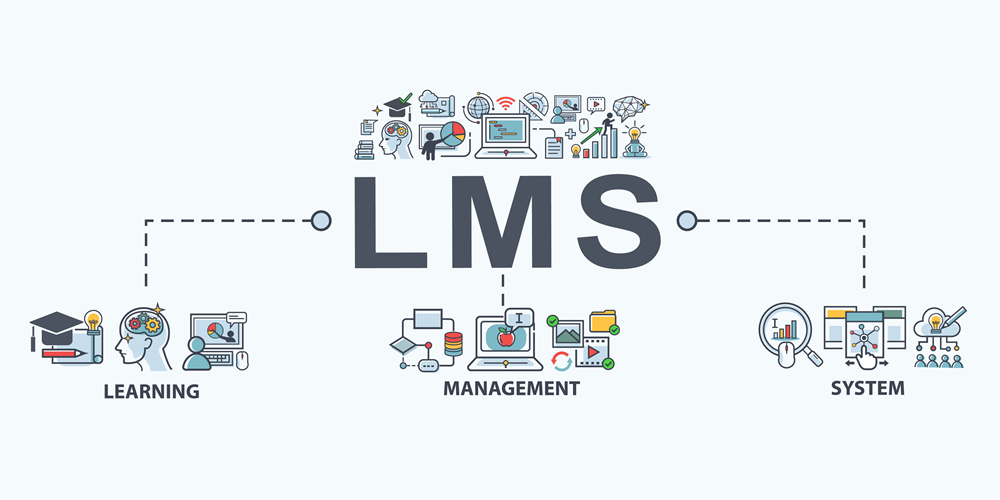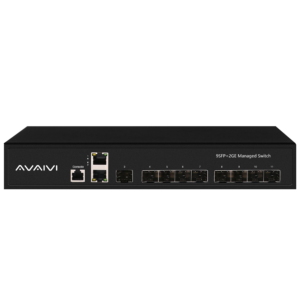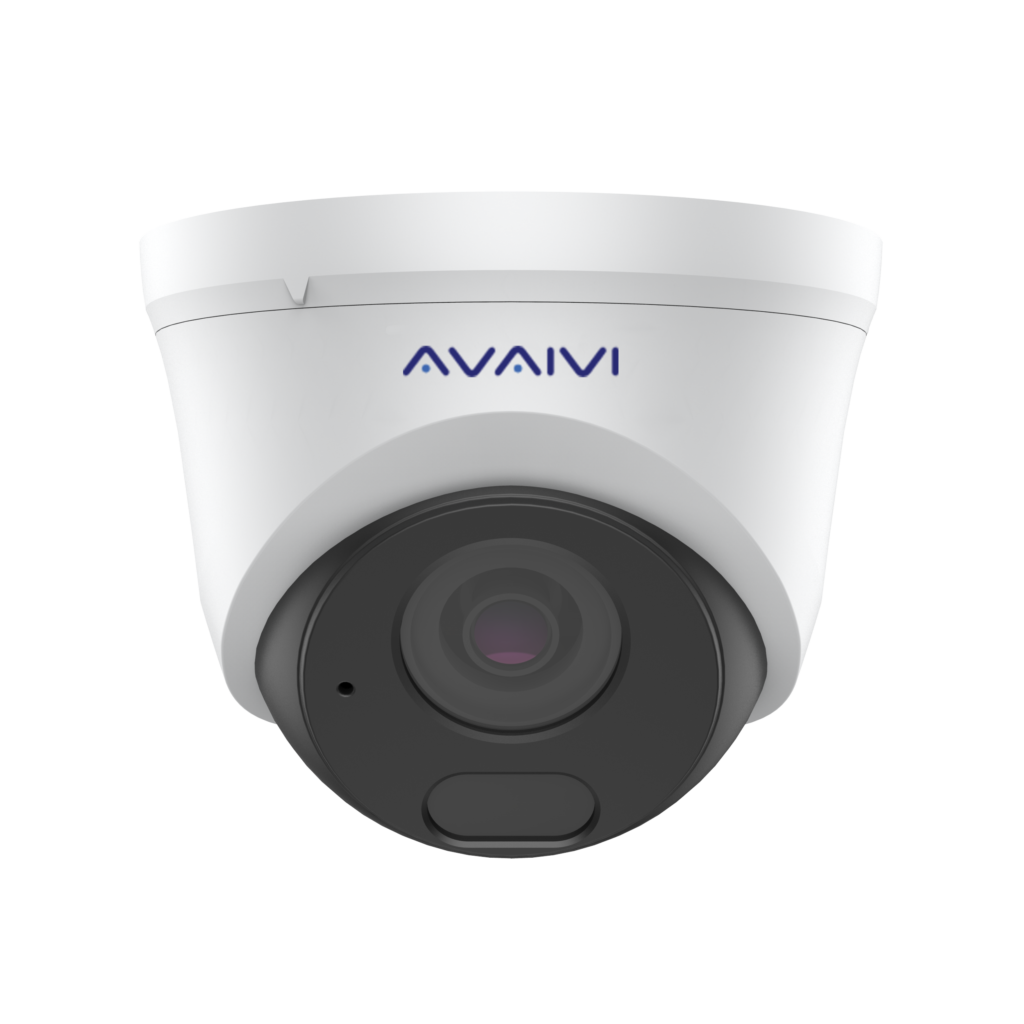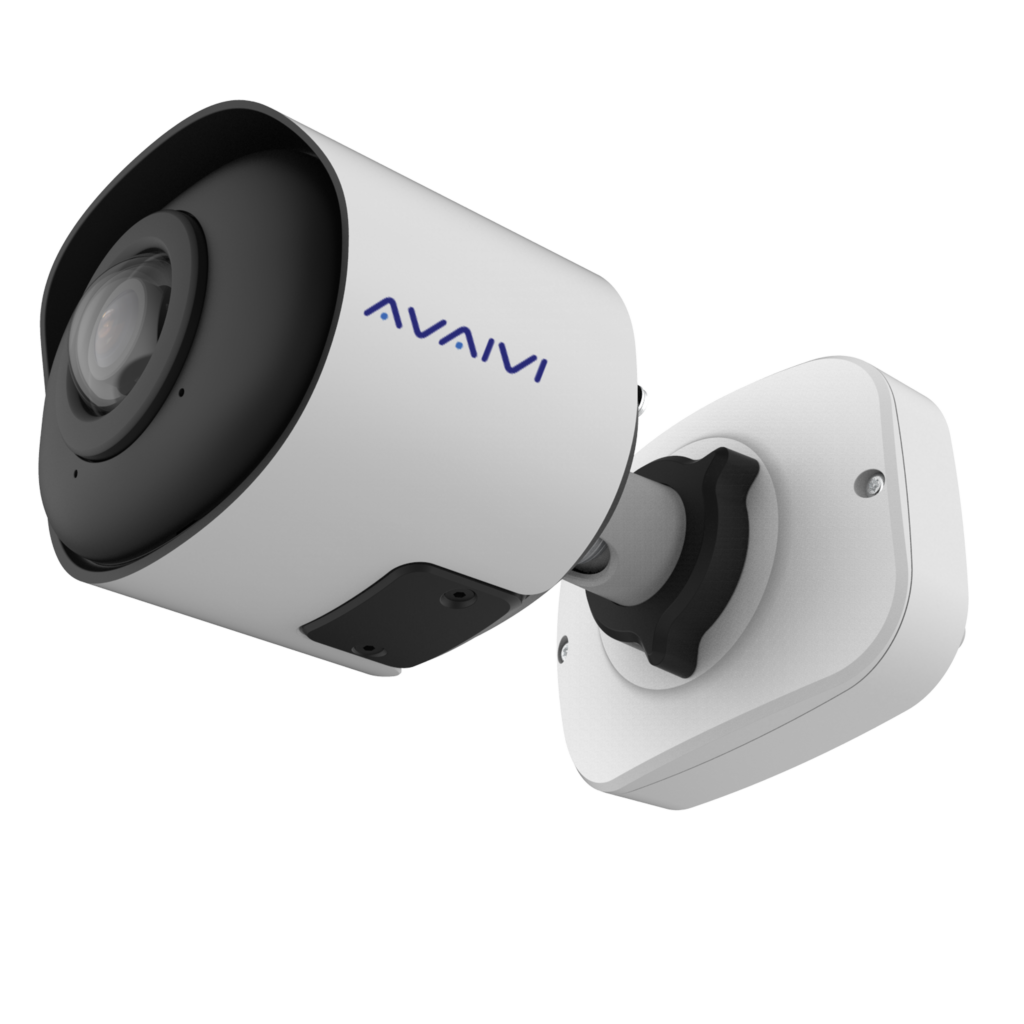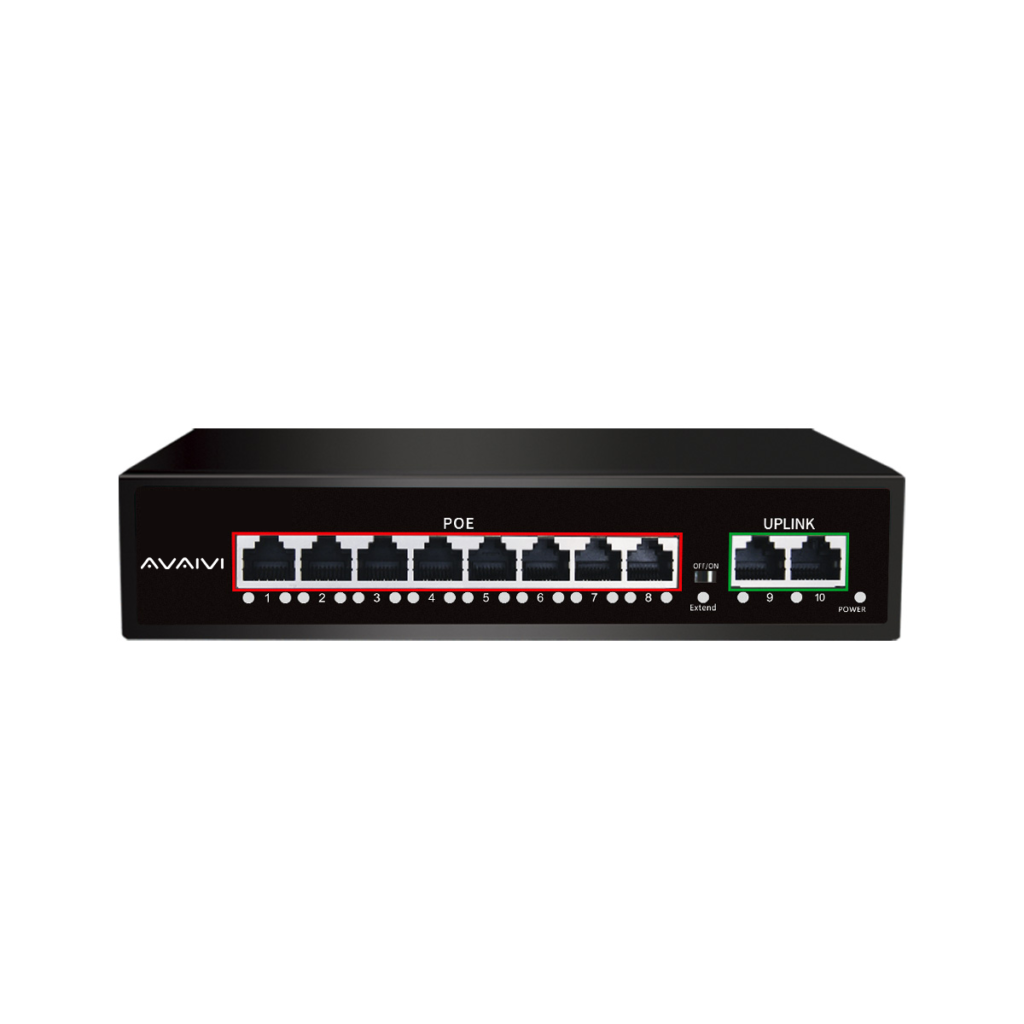In an era where Artificial Intelligence (AI) is transforming industries, it’s imperative to remember that innovation goes hand in hand with security. As AI-driven solutions become more integrated into our lives, ensuring their resilience against threats becomes paramount. Let’s explore essential AI security tips that are vital in navigating this evolving landscape and safeguarding the future.
- Robust Data Governance: The foundation of AI is data. To ensure security, start with rigorous data governance practices. Implement encryption, access controls, and data anonymization to protect sensitive information. By understanding your data’s lifecycle, you can mitigate risks from the outset.
- Model Robustness Testing: AI models are susceptible to adversarial attacks, where manipulated input data can lead to erroneous outcomes. Regularly test your models against a range of inputs, ensuring they remain robust and resistant to manipulation.
- Secure Development Lifecycle: Implement a secure software development lifecycle for AI solutions. Incorporate security assessments, code reviews, and vulnerability scanning at every stage, from design to deployment.
- Continuous Monitoring: AI systems should be continuously monitored for anomalous behavior. Establish baseline patterns and use AI-powered analytics to detect deviations that might indicate a security breach or a model’s deterioration.
- Explainable AI (XAI): Understanding AI decisions is crucial, especially in critical domains like finance or healthcare. Implement Explainable AI (XAI) techniques that provide insights into how AI models arrive at specific conclusions, enhancing transparency and accountability.
- Secure Model Deployment: When deploying AI models, secure the infrastructure they run on. Utilize containerization, virtualization, or cloud security measures to isolate and protect the models from potential threats.
- Data Privacy Compliance: AI systems often process personal data, making compliance with data protection regulations (such as GDPR or HIPAA) a priority. Ensure proper consent, data handling, and anonymization practices are in place.
- Vendor Risk Assessment: If using third-party AI solutions, conduct thorough vendor risk assessments. Evaluate their security practices, data handling, and integration potential to minimize vulnerabilities introduced by external components.
- Employee Training: Human error remains a significant security risk. Train your team on AI security best practices, recognizing phishing attempts, and practicing good cyber hygiene.
- Patch Management: AI software, just like any other software, requires regular updates and patching. Stay vigilant and ensure that your AI ecosystem is up to date with the latest security fixes.
- Incident Response Plan: Prepare for the worst by creating a comprehensive incident response plan. Define roles, procedures, and communication protocols to minimize damage in the event of a breach.
- Future-Proofing: AI security is an ongoing endeavor. As technology evolves, so do threats. Stay informed about emerging security risks and adjust your strategies accordingly.
In a world where AI’s potential is boundless, security must evolve in parallel. By integrating these AI security tips into your strategies, you’re not just protecting your data and operations; you’re safeguarding the future of innovation itself. AI’s promise is vast, but so are the responsibilities that come with harnessing its power securely. Let’s build a future where innovation and security thrive side by side.



